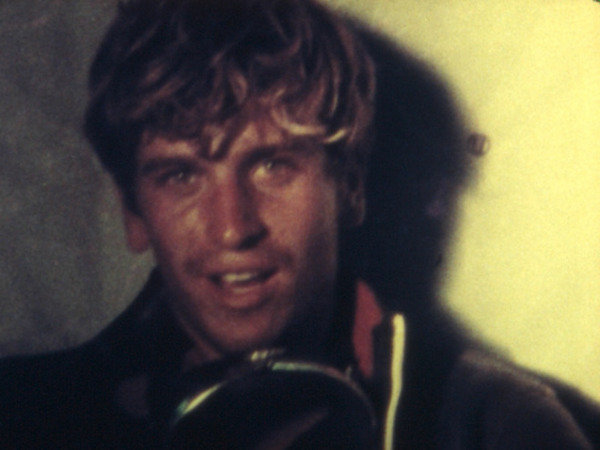Amos Gitai
dal 22/2/2014 al 9/5/2014
Segnalato da
22/2/2014
Amos Gitai
Galerie Thaddaeus Ropac - Marais, Paris
Army day horizontal. Army day vertical. Gitai shows a Super 8 film with the title "After" along with a series of previously unseen photographs. "After" is an experimental film shot in 1973 during the Yom Kippur war. In the film Gitai revisited an event that occurred when he was only 23 years old, namely a helicopter crash from which he miraculously escaped with his life.

For several years Gitai has used various modes of artistic expression, ranging across films, theatre, installations and photography. This has led to more and more frequent invitations from many museums and galleries including MoMA, Reina Sofia, and the Centre Pompidou. While Gitai’s films have made him world famous as an artist, his photography, which has only recently come to attention, is now beginning to be widely appreciated.
His favourite themes, history and all it entails and people’s destiny in the face of potentially overwhelming odds, are the subjects of a formal and thematic quest which he pursues relentlessly. Here, his photographic work also becomes an interrogation of different narrative modes. His photos become visual ellipses, their figurative quality almost vanishing into abstraction.
In the exhibition, Army Day Horizontal. Army Day Vertical Amos Gitai shows a Super 8 film with the title After along with a series of previously unseen photographs.
After is an experimental film shot in 1973 during the Yom Kippur war. In the film Gitai revisited an event that occurred when he was only 23 years old, namely a helicopter crash from which he miraculously escaped with his life. It was after that that he decided to make films. The Super 8 features the military jacket Gitai was wearing at the time of the accident; and it becomes the central ’character’ of the film.
With the series of new photographs displayed here, Amos Gitai continues his work of decoding and conducting a post-mortem on that instant when experience of what has happened turns into personal memory. It is a process in which the subject disappears; what appears in its place is the extreme density of thick, granular, matter translating the stigmata of time and resulting in something with a painterly aspect. What artistic modes can give a proper account of that event, that trauma? What traces did it leave in the memory — a few weeks after, or forty years after? The artist’s quest is nourished reciprocally and simultaneously by both film and photography.
Image: Amos Gitai, After, 1974 Courtesy of Amos Gitai & Galerie Thaddaeus Ropac Paris-Salzburg
Opening Sunday, February 23, 12 pm
Galerie Thaddaeus Ropac
7, rue Debelleyme 75003 Paris
Open: Tuesday – Saturday, 10am to 7pm
Admission free



